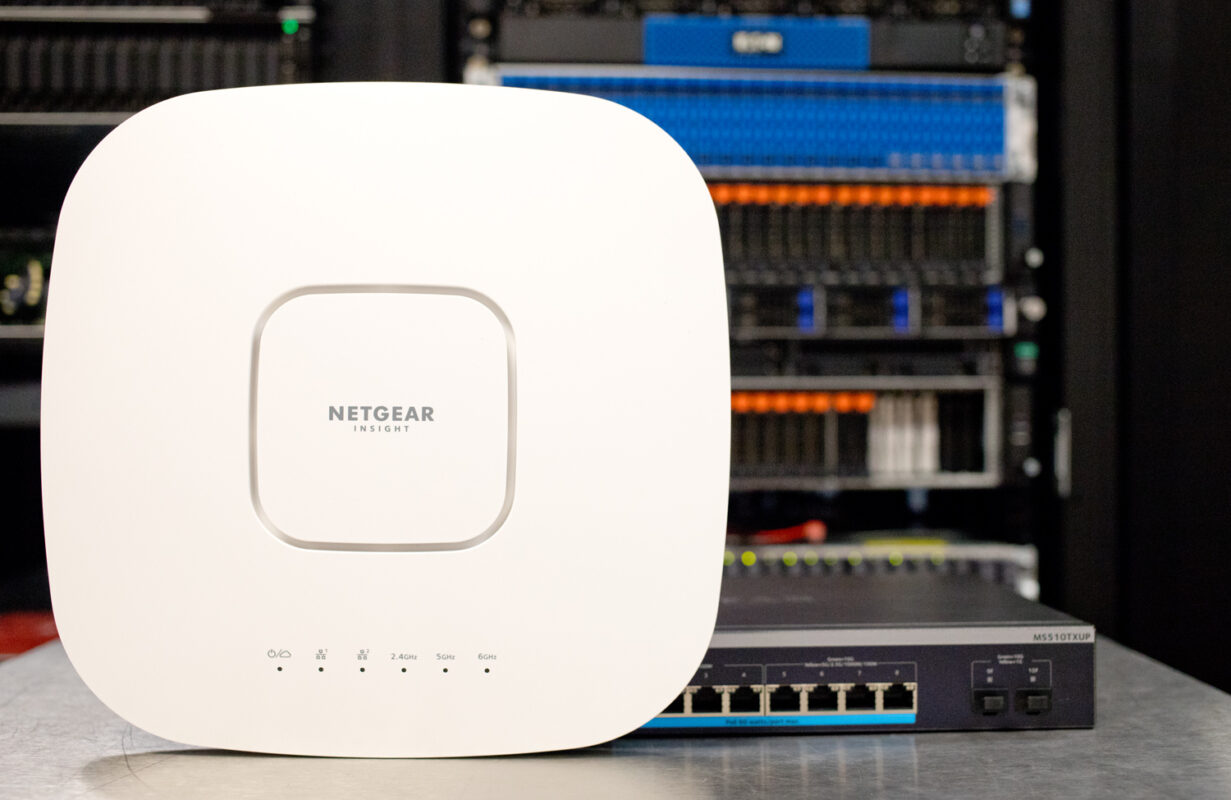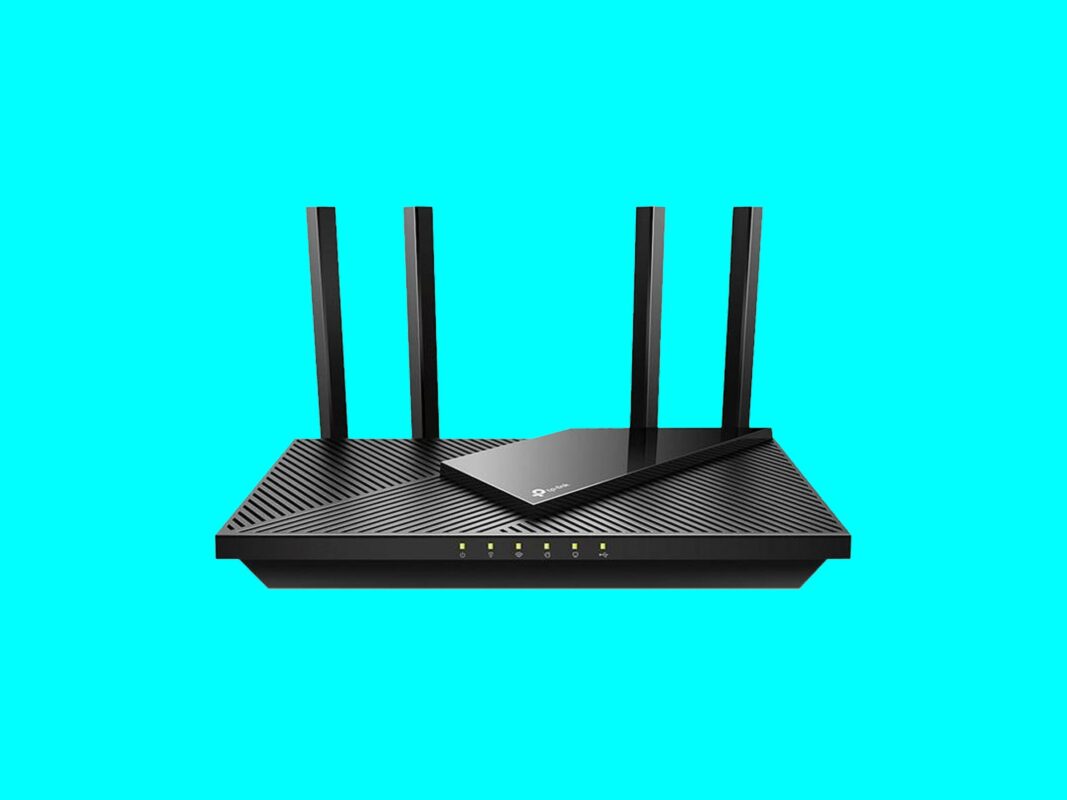Wi-Fi 6: Discover five benefits of the new wireless Internet standard
New standard promises better performance even on congested networks; know more
Wi-Fi 6 is the new wireless networking standard. The upgrade promises to be faster and more secure than the current one, Wi-Fi 5, also known as 802.11ac. Bringing a nomenclature easier to understand, the novelty promises to solve problems such as the overload of public access points, giving greater efficiency and performance to connected users.
While Wi-Fi 6 is backward compatible, the user needs a device with a current receiver to take full advantage of the technology. Here are five improvements that the latest standard should bring to wireless connections.
1. More speed
The new Wi-Fi promises faster data transfer. If the user has a wireless router with a single device connected, the maximum potential speed should be up to 40% higher with Wi-Fi 6 than with Wi-Fi 5. This is possible thanks to efficient data encoding, resulting in higher yield. A practical example is the ability of the new standard to store more data in the same amount of radio waves. Also, the chips that encode and decode these signals have gotten more powerful and can handle the extra work.
The improvement of Wi-Fi 6 can be noticed in both 2.4 GHz and 5 GHz networks. It is worth remembering that the 5GHz frequency is now used by users who try to escape the interference and overload found in the 2.4GHz. Despite this, the band has greater distribution power even in environments with many obstacles.
2. Less battery drain
Wi-Fi 6 has a new feature called “TWT” or “Target Awakening Time”. The function is able to detect when the device connected to the network is asleep, as well as when it “wakes up” to receive data from the wireless connection again. In this way, the devices “sleep” while waiting for the next Wi-Fi transmission. The practical result of this function is that smartphones, laptops, and other Wi-Fi 6-enabled devices should have a longer battery life as there is energy savings during idle time.
3. Better performance in areas with high demand
The wireless network tends to be weakened in very dense places, with several users and devices connected to the same access point, which happens in shopping malls, restaurants, airports, and even homes or offices. Therefore, Wi-Fi 6 promises to solve this problem. The idea is to divide a transmission channel into several other subchannels, each of which is responsible for carrying data destined for different devices.
The performance improvement was achieved thanks to the Orthogonal Frequency Division Multiple Access (OFDMA) features. Unlike the previous standard, the function allows not only the Wi-Fi hotspot to send signals to several devices simultaneously, but also for the devices to respond at the same time.
4. More secure public hotspots
With the new Wi-Fi 6 technology, it will be possible for users to connect to different public access points without having to log in to each wireless network differently. After performing authentication at a point, it should be possible to migrate from the network more easily and securely. The project, called Open Roaming Consortium, works with identity and access providers, creating more secure ways to authenticate the same device on different networks.
5. Better support for smart devices
With increased performance and speed even in places with an overload of devices connected to a single network, Wi-Fi improves the exchange of data between the access point and the devices connected to it. In practice, this may mean that the new standard is able to offer better support in places populated by smart devices, as they all need to be connected to the Internet to work. A home that has, for example, electrical outlets, showers, refrigerators, and smart security cameras, will have a faster and more efficient connection to support these devices.












